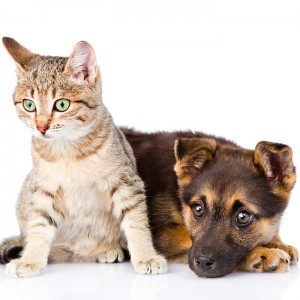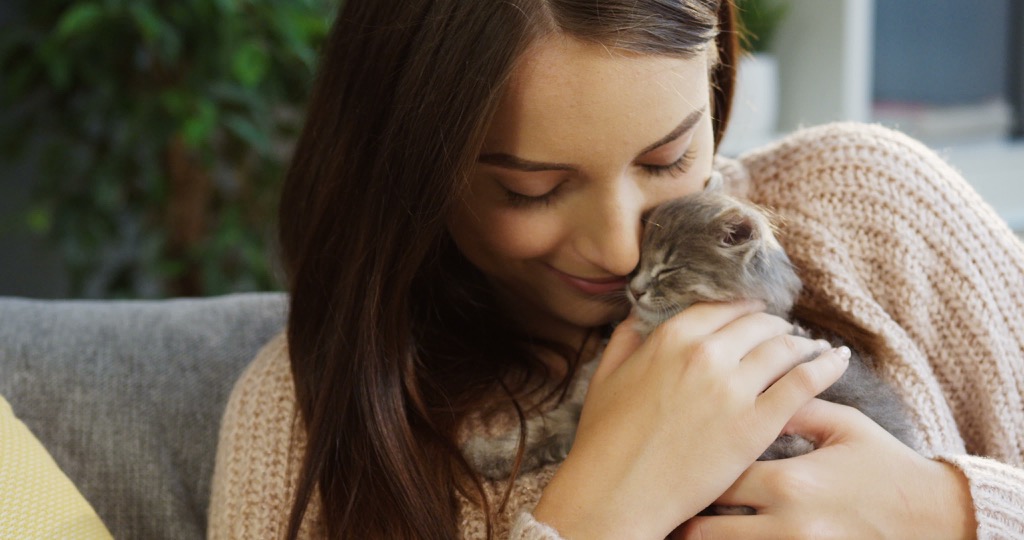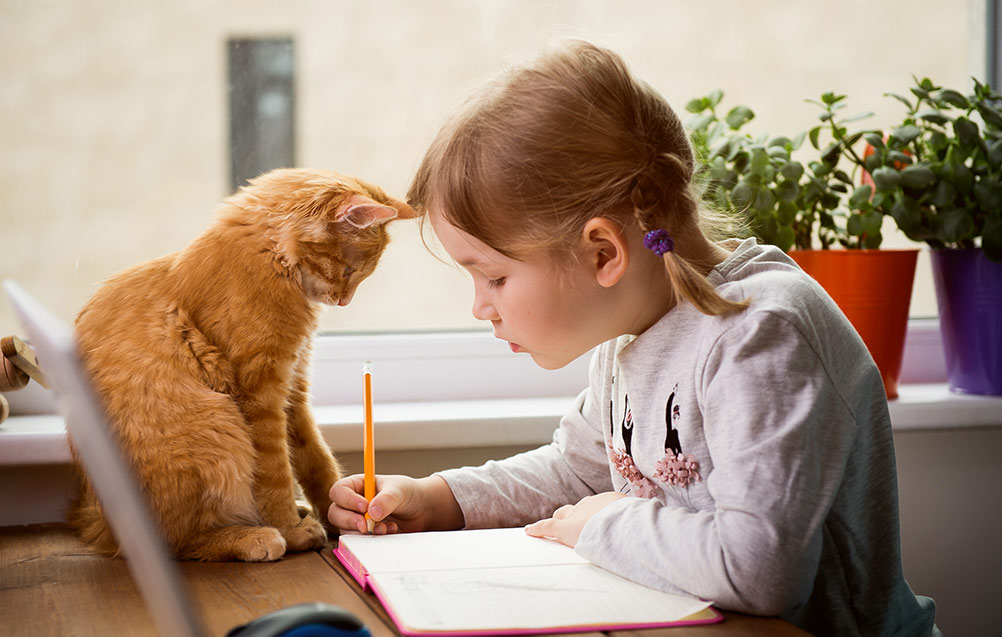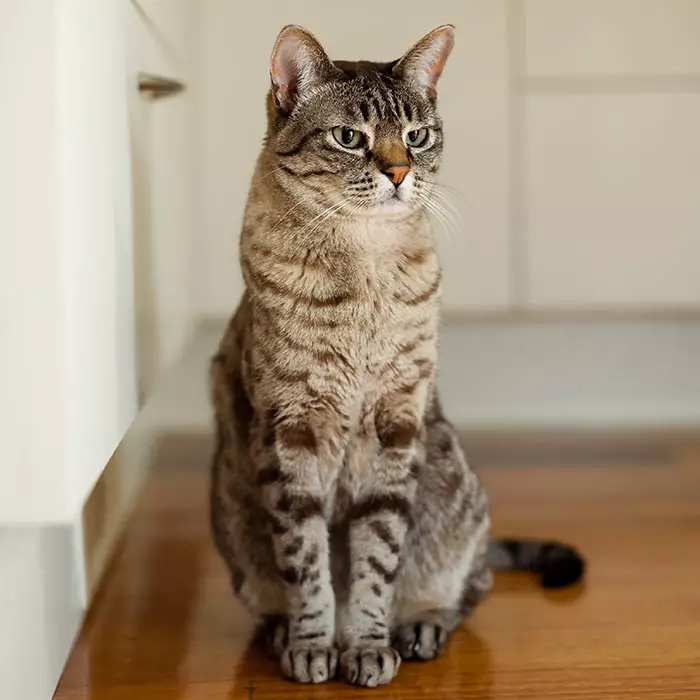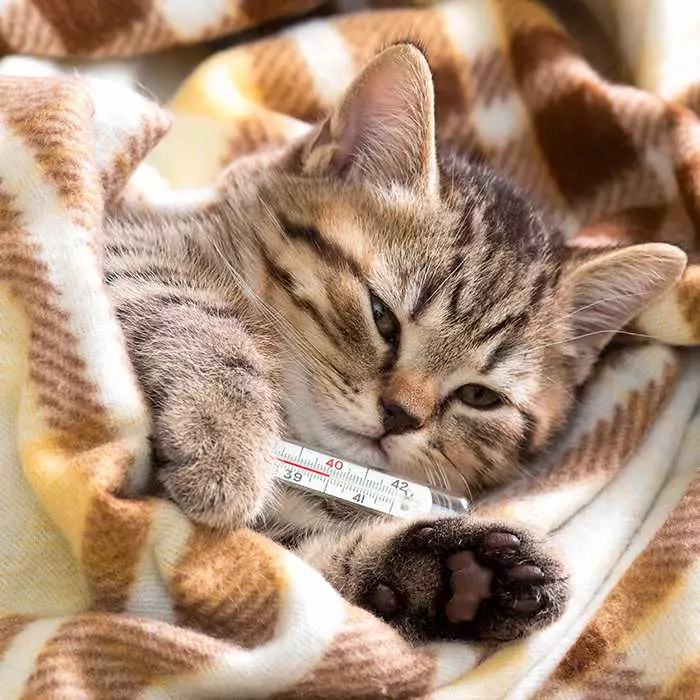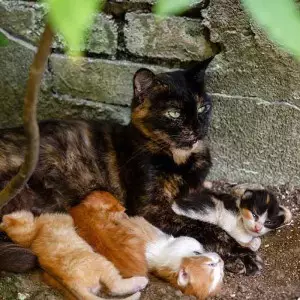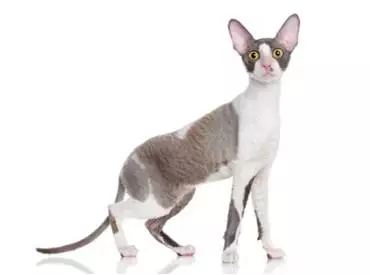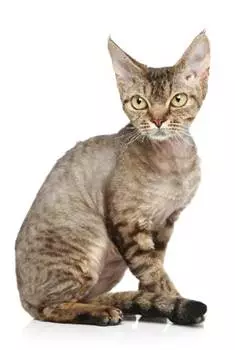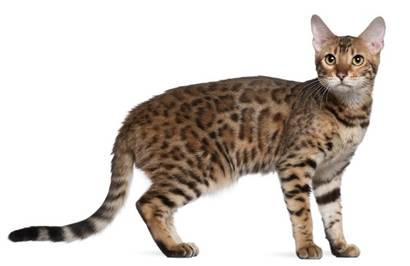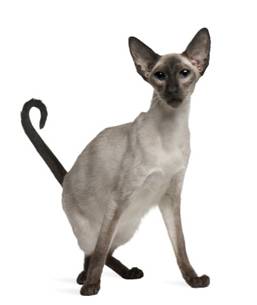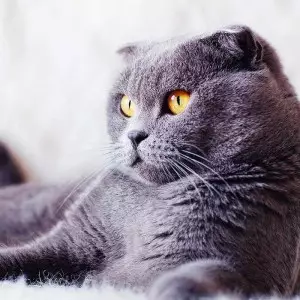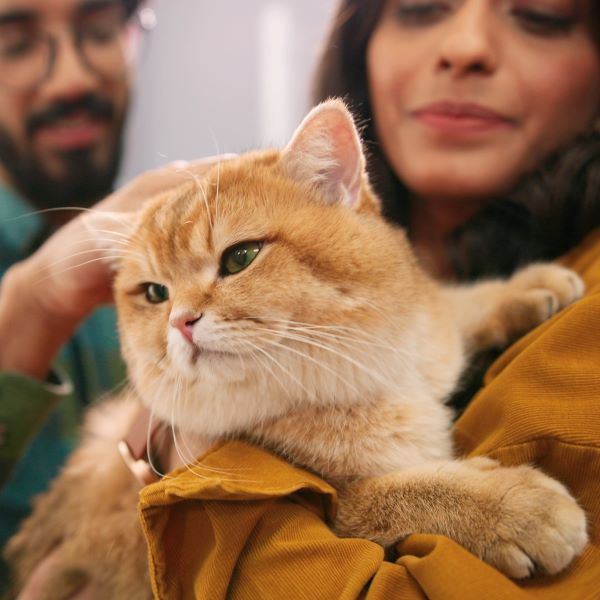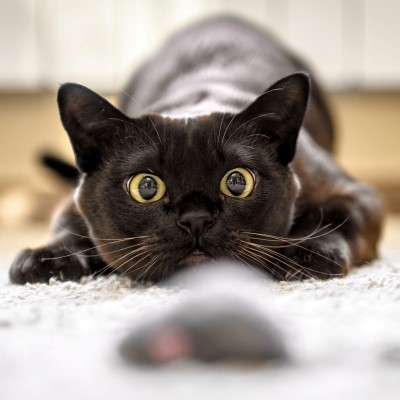The top 10 hypoallergenic Cats
Have you always wanted a cat but can’t tolerate the allergies they cause? Constant sneezing, itching and watery eyes can make the craziest of cat lovers throw their arms up in despair. And you’re not alone – it’s estimated that about 10% of the population suffers some degree of an allergic reaction to cats.
 Cats produce pet dander, the main culprit when it comes to allergies in us humans. The substance that may be responsible for many people’s allergic reactions is FelD1, a protein that is found in cat saliva. When a cat licks its fur, the saliva dries and flakes to create the dander to which people are allergic. Some breeds or individual cats may produce lower than average amounts of FelD1 than others.
Cats produce pet dander, the main culprit when it comes to allergies in us humans. The substance that may be responsible for many people’s allergic reactions is FelD1, a protein that is found in cat saliva. When a cat licks its fur, the saliva dries and flakes to create the dander to which people are allergic. Some breeds or individual cats may produce lower than average amounts of FelD1 than others.
Whether you or a family member suffers from cat-related allergies, all is not lost! We’ve put together a list of the breeds that may solve all your allergy problems. While there’s no such thing as a 100% hypoallergenic cat, there are a number of breeds that are far less likely to cause sneezing and other irritations, and we’ve put together the best ten from around the world.
It’s important to remember that hypoallergenic cats aren’t free from health issues, and many have their own breed-specific concerns to be aware of. We’ve provided a brief overview of what these may be along with our breed descriptions.
Unsure how serious it is?
Bow Wow Meow policyholders can get access to trusted vet care anytime, anywhere, at no additional cost. Connect to an experienced Australian registered vet via video call, 24/7. Whether it’s providing vet advice, setting up at-home treatment plans, or confirming if you need to visit a vet in person, you can get help when you need it.
Find out more about our pet insurance cover options.
1. Sphynx
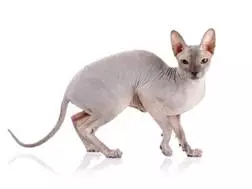
The Sphynx cat is known for its almond-shaped eyes, its long pointy ears, muscular body and hairless appearance. The breed was developed in the 1960s through a process of selective breeding with an aim to produce a completely hairless cat. Although the Sphynx isn’t completely hairless, it’s perhaps the best hypoallergenic cat breed for the simple reason it has so little hair.
Sphynxes are very sociable cats and have been compared to dogs for their friendly demeanour. The Sphynx is open to strangers, energetic, adventurous and extremely athletic.
Sphynx cats lack the coat for shedding or grooming but feel the cold more than other breeds. A healthy animal will weigh between 4 to 5 kg and will live to between 15 and 20 years.
Common health issues for Sphynx
Sphynx cats are much more likely than average to develop heart murmurs and cardiomyopathy due to their limited gene pool. Their fast metabolism and lack of fur may also strain the heart. They’re more than three times more prone to ear issues, as their large, hairless ears trap wax and debris. Skin problems are common too, with exposed skin easily irritated or infected. Respiratory issues, such as coughing and asthma-like symptoms, occur nearly twice as often, likely from sensitive airways and an indoor lifestyle.
2. Siberian
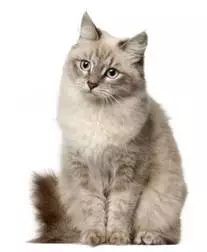
Siberian Cats are large solid cats with a strong personality that is often described dog-like. They are affectionate and loyal and demand their owner’s attention – it’s not uncommon for this cat to follow their owners from room to room.
These cats have a lush triple coat that is made up of a soft undercoat and an outer-coat with shiny, waterproof hairs on top. They shed their heavy coat during seasonal changes and they can do with regular grooming to keep their coat from becoming matted. This striking coat does change over time and their colours tend to fade as the cat ages.
Despite its luxurious coat, and although it has not been proven scientifically, many believe that the Siberian is hypoallergenic. The reason for this is that many allergy sufferers have a sensitivity to FelD1, and some Siberians have a lower than average occurrence of FelD1 in their saliva.
Taking up to five years to reach their full size, Siberian male cats weigh between 6.8 to 9.1 kg and females from 4.5 to 6.8 kg. The average lifespan of a Siberian cat is 10 to 18 years.
Common health issues for Siberians
Siberian cats have a distinct health profile. They face gastrointestinal issues more often than other cats but show significantly lower rates of common problems, such as arthritis (more than two-thirds less), likely due to their strong build and active nature. While they do have slightly higher rates of benign tumors and illness, such as cat flu, Siberians are generally hardy and robust.
3. Russian Blue
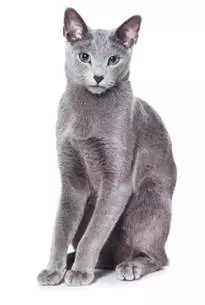
The Russian Blue cat is ideal for families as they are tolerant of children, although they may select a favourite family member to hang out with. A clever breed that can be trained to fetch and play games, it is also happy in its own company and can entertain itself.
The Russian Blue has a striking bluish-grey coat that is quite unique. Its fur is almost velvet-like and does not shed heavily. The eyes of the Russian Blue are deep bottle green in colour and distinctive to the breed. While other cats may have a similar appearance, if they don’t have the green eyes then they are not Russian Blues.
The average weight of a Russian Blue cat is 3.5 to 7 kg with male cats heavier than females. The lifespan of the Russian Blue cat is about 15 to 18 years.
Common health issues for Russian Blues
Russian Blues have slightly higher rates of digestive, urinary, and respiratory issues, with gut problems being especially common. Urinary troubles may be linked to their sensitivity to stress or changes in routine. Eye, ear, and mild musculoskeletal issues are also a bit more frequent.
4. Oriental Shorthair
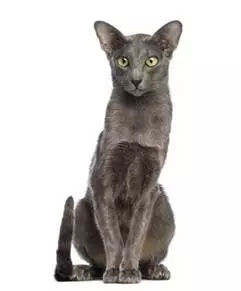
The Oriental Shorthair has very close genetic ties, as well as a very similar head and body type, to its cousin the Siamese. Its almond-shaped eyes, long pointy ears, triangular head and long slender body are all shared traits.
Oriental Shorthairs are very intelligent cats. They are playful and adventurous right through into adulthood and need a high level of social interaction. They prefer to live with the company of other cats, but human contact is also important.
The Oriental Shorthair weighs about 3 to 7kgs and a healthy animal will live to between 15 and 20 years.
Health issues for Oriental Shorthairs
May inherit respiratory issues due to their slender face structure, and are also predisposed to dental problems.
5. LaPerm
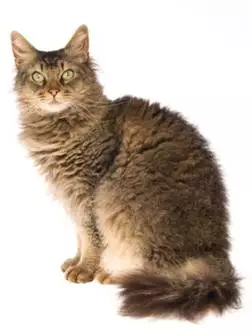
The LaPerm is a playful and affectionate breed that was developed in the United States in the 1980’s for purposes of pest control.
The breed is known for its unique, springy, thick, curly coat that resembles a shaggy perm, for which it is named. This coat, unlike most other breeds’, is not silky or smooth, but provides resistance when moving your hand through it – similarly to mohair. The LaPerm’s coat is considered to be largely hypoallergenic.
The LaPerm does have a breed standard yet comes in many different colours and markings. The LaPerm should weigh between 4 to 7kgs and will live for between 13 to 15 years.
Health issues for LaPerm
Considered a hardy breed with few major issues, though some lines may carry genetic kidney disease.
6. Javanese
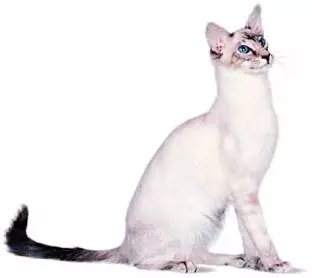
The Javanese is a highly intelligent, vocal and playful cat. They require a good deal of social interaction as they love to play and explore. Interestingly, it has no connection to Indonesia, but was developed in the United States in the 1940s and named the Javanese by Helen Smith in 1950.
With a long, silky coat that comes in a number of attractive colours, the Javanese is a particularly popular show cat as they often develop colourpoint markings. The breed is nothing like the domestic cats found in Java (known for their short hair), but are nevertheless largely hypoallergenic.
The Javanese weighs approximately 3 to 5.5kgs and lives to between the ages of 9 to 15 years of age.
Health issues for Javanese
Can be predisposed to progressive retinal atrophy (PRA), which affects eyesight, and some digestive sensitivities.

